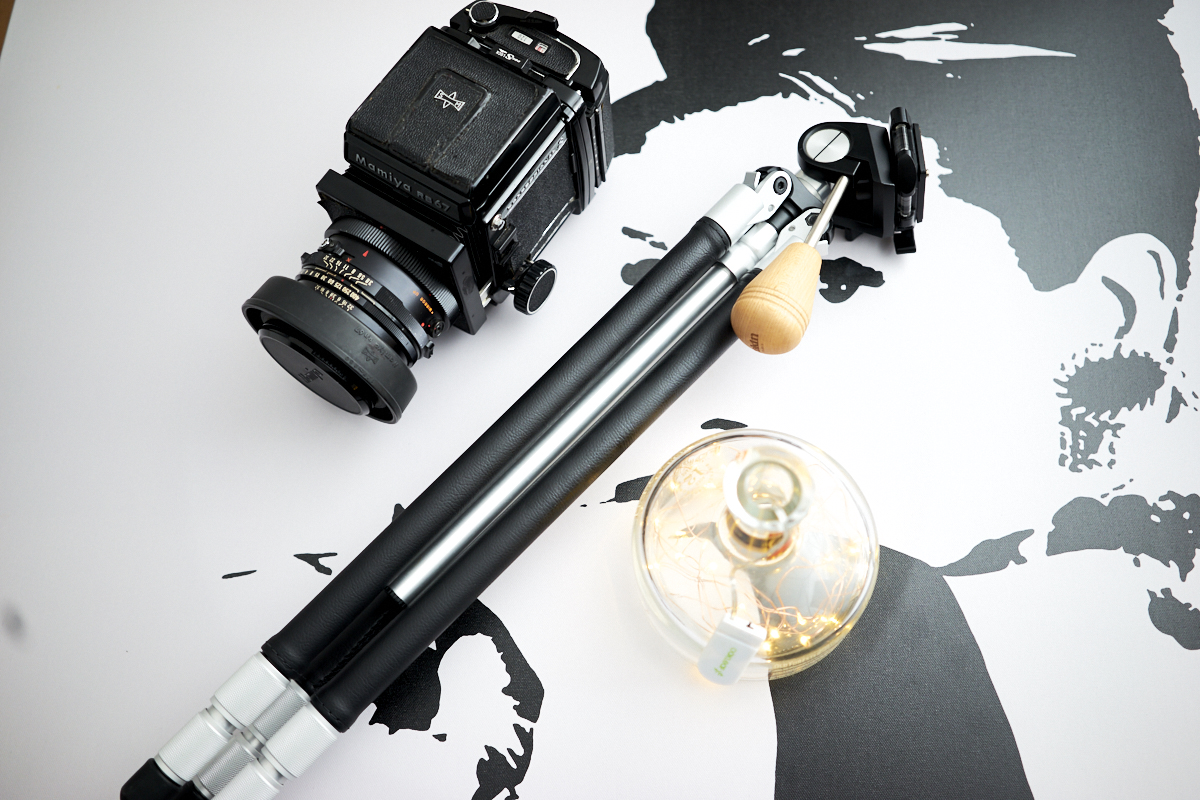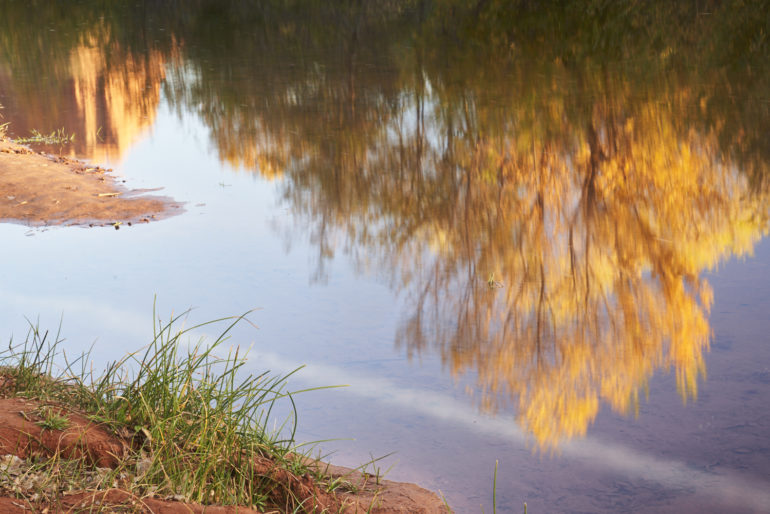Last Updated on 04/21/2018 by Mark Beckenbach
Back in the day, a tripod was a necessity for photographers
I’m going to preface this post by saying once again, no, this isn’t an ad of some sort. Our policies on sponsored content are clear and also clearly labelled. Instead, this is more of an insight into the evolution of photographers. Years ago, having a tripod was an absolute requirement. You’d put a camera on a tripod to ensure that your images were blur free due to your coffee drinking habits. You’d get a crisp images at ISO 50 10 seconds and f8 to the best of your ability. But then photography evolved and lenses started to become image stabilized. It got better and better and these days photographers don’t necessarily require tripods with them all the time. Plus now there is image stabilization built into camera sensors for the most part. So with all that tech supporting your ability to take a good picture, why do you need a tripod?
The argument for the tripod is the same as the manual lens and in some ways with film. Let’s start with the manual lens first. To recap, manual lenses allow you to slow down, take your time, not necessarily rush, and both focus and compose your image at the same time. But because you’re going to spend the extra effort on your part, you’re also bound to think about an image’s creation first before you even focus. With autofocus lenses, it’s more often than not an afterthought. You just tell the lens and camera where to focus, shoot, and that’s it. You’re not necessarily thinking as much as reacting. And so to that end your composition may be fixed after a few frames. With manual focus, you fix your composition, focus, and exposure more carefully before you even fire the shutter.
Tripods are more or less the same thing. When you’re shooting handheld with your camera, you have a lot of flexibility and so you tend to move around all you want. But more often than not, you end up just shooting from eye level. You’re not going to squat down, you’re not going to raise the camera above your head, etc. The tripod is a compositional tool that not only gives you the chance for a different perspective, but it also makes you think more. Don’t like that composition? Okay, adjust it carefully and ever so slightly. Essentially what tripods do is slow you down and in today’s world of shooting and sharing, that’s what we all need to do so much more – slow down. Since the second grade, my teachers have always told me to slow down with my work and only in photography have I ever done that and truly seen the results. Tripods help as a compositional tool in this case.
You can slow down even further with film. Shoot medium or large format and realize that you’ll need to stop your lens’ aperture down a whole ton to get a scene in focus. Or shoot large format and slow down even more.



